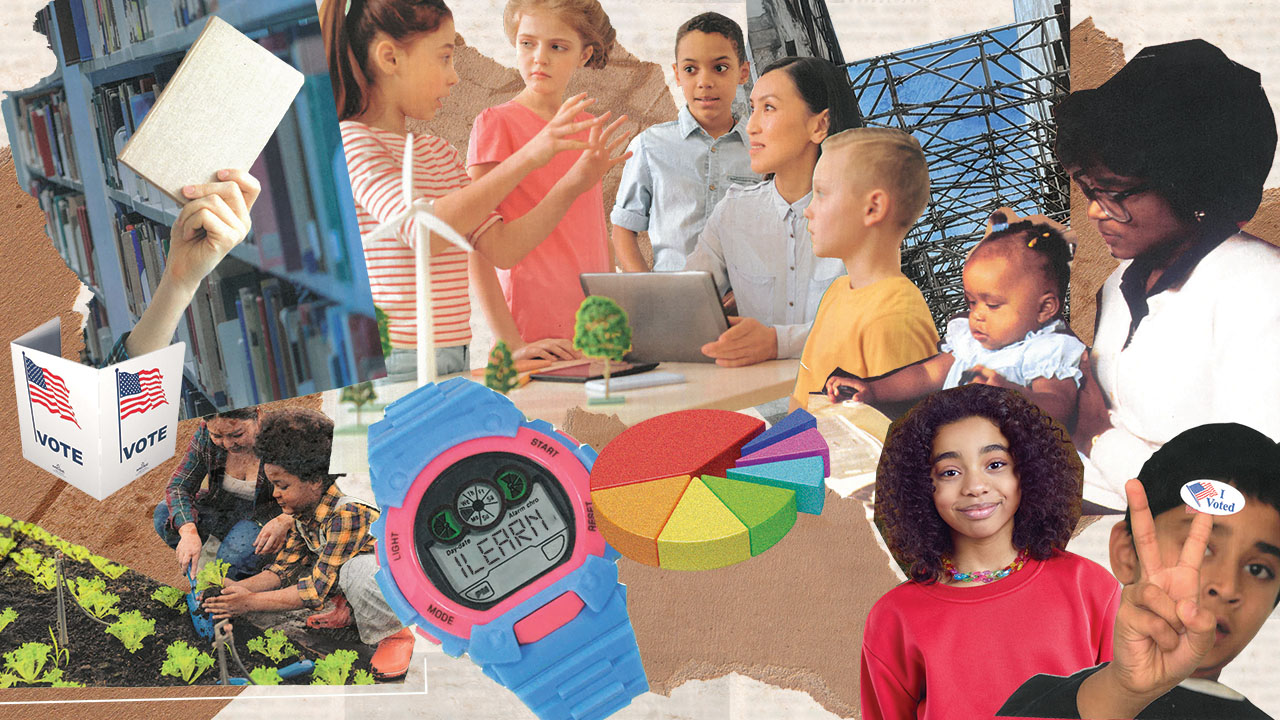
Museums sit at the balance point of past and future. Most often they apply their scholarship and curiosity to exploring things that have actually happened, but museums can flip that lens to peer forward in time to explore possibilities as well. In today’s post, Katherine Prince, Vice President, Strategic Foresight of KnowledgeWorks, invites readers to join her for a webinar on how to create artifacts of the future, populating the “Cone of Plausibility” with tangible examples of the world as it may come to be. When I’ve conducted similar training with museum people in the past, it has been enthusiastically received—I encourage you to join Katherine for this online event.
–Elizabeth Merritt, VP Strategic Foresight and Founding Director, Center for the Future of Museums
A brilliant painting. The first draft of a famous song’s lyrics. A pot used to prepare food long ago. Museum professionals are used to showcasing artifacts from the past to help give visitors insights into periods of time and cultures that they might not otherwise understand.
Museums, like other organizations, also need to look ahead to plan for how best to deliver on their missions and impact their communities in a rapidly changing environment. TrendsWatch: Museums as Community Infrastructure highlighted education as one of five pillars of community infrastructure through which museums support people and communities. This report asserts that museums are vital contributors to communities’ learning ecosystems through their longstanding support for “self-directed, experiential, social and distributed learning.” But today’s offerings might not fit tomorrow’s needs. Museums can benefit from imagining what their future contributions to education, other aspects of their communities’ infrastructure, and their missions might be.
KnowledgeWorks, a national nonprofit organization helping partners reimagine education, is offering an opportunity for museum professionals to engage in imaginative play and explore possible future contributions to their communities. A virtual workshop will guide participants in prototyping artifacts from the future to help surface future possibilities and spark conversations about how they can bring those possibilities to life.
An artifact from the future can be an everyday object, such as a picture, a piece of clothing, or a traffic sign. It can be a celebration, a holiday, or an everyday activity. Artifacts from the future can help people see and feel how the changes that we are experiencing today could translate into new ways of doing things tomorrow.
Join us for a free virtual workshop taking place from 2:00 p.m. to 3:30 p.m. ET on Thursday, February 8. This session will give you a chance to play with possibilities through a process facilitated by me and Maria Crabtree of KnowledgeWorks. It will be recorded to help others see how to apply this futures-thinking technique in their settings.
In a recent publication, Connections to the Future: Illustrating Liberatory Education Artifacts, KnowledgeWorks showcased objects and experiences that might exist if education systems and other learning organizations prioritized learners’ self-determination, human potential, and right to participate in shaping the world. Below are a couple of these artifacts from the future that exemplify how museums might contribute to communities’ learning ecosystems.
- Learning Paloozas: People in the community of Youngsville gather every four months to celebrate and publicly share examples of learning from across the community. These free celebrations invite learners of all ages to celebrate learning, wherever it has taken place. Learners recently approached the Tyler History Museum about hosting one of these Learning Paloozas, bringing hands-on learning exhibits and talks—along with live music and food—to the museum’s community room and introducing the museum to new visitors.
- humani: A wearable device powered by artificial intelligence helps youth aged 15 through 19 who share interests and learning needs connect in real life. This device, humani, lets users broadcast their self-crafted profiles when they are ready to search for education buddies nearby. Matched learners choose where and how long to meet up to work through a sticky assignment, explore a concept, or partner for a longer project. Because of worries about safety, some museums have joined other community-based organizations in hosting humani salons. They also loan humani devices to youth who cannot afford to buy their own. Hosting these meetups and helping to increase the accessibility of self-directed, life-wide learning has surfaced museums’ assets and programming to more youth.
What future objects or experiences might help you and your museum reach people, impact your community, and deliver on your mission? What things might get in the way? What future artifacts might benefit some people but harm others?
Come explore concrete ideas about the future with two of KnowledgeWorks’ professional futurists. Register now to start making the intangible space that is the future, tangible. Display your creative thinking about things that could exist in ten or more years.
Katherine Prince directs KnowledgeWorks’ exploration of the future of learning. As Vice President, Strategic Foresight, she leads a team of professional futurists who explore future possibilities for education and help people grapple with change and consider what they want for the future. You can follow her work at @katprince @knowledgeworks https://www.linkedin.com/in/katherineprince/








